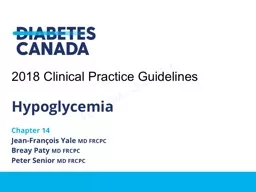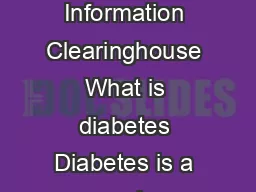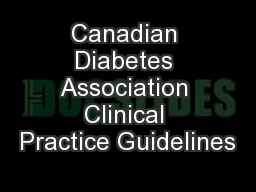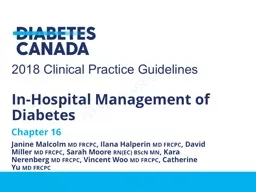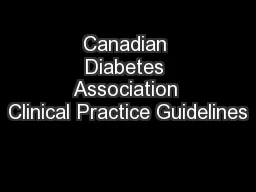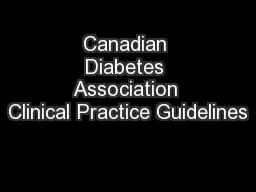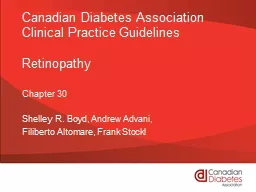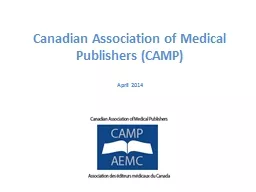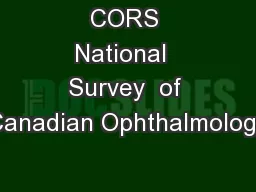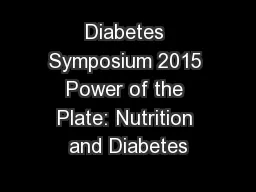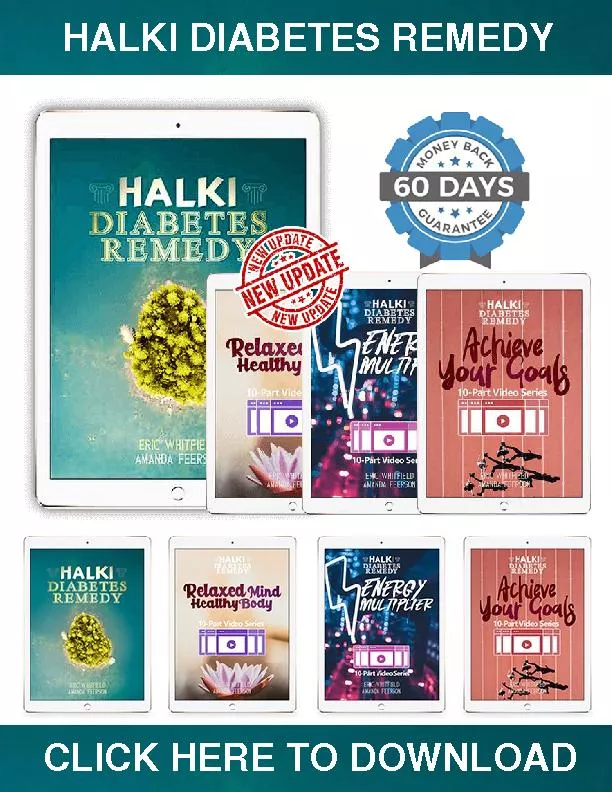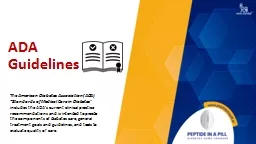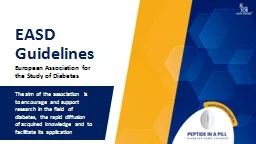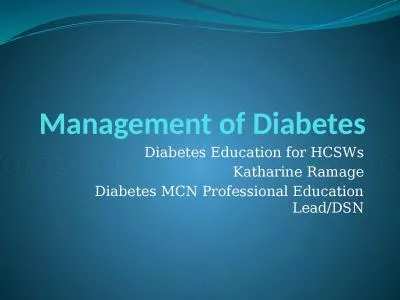PPT-Canadian Diabetes Association Clinical Practice Guidelines
Author : alexa-scheidler | Published Date : 2015-09-30
Hypoglycemia Chapter 14 Dale Clayton JeanFrançois Yale Vincent Woo Hypoglycemia Checklist RECOGNIZE hypoglycemia and CONFIRM DIFFERENTIATE mildmoderate vs severe
Presentation Embed Code
Download Presentation
Download Presentation The PPT/PDF document "Canadian Diabetes Association Clinical P..." is the property of its rightful owner. Permission is granted to download and print the materials on this website for personal, non-commercial use only, and to display it on your personal computer provided you do not modify the materials and that you retain all copyright notices contained in the materials. By downloading content from our website, you accept the terms of this agreement.
Canadian Diabetes Association Clinical Practice Guidelines: Transcript
Download Rules Of Document
"Canadian Diabetes Association Clinical Practice Guidelines"The content belongs to its owner. You may download and print it for personal use, without modification, and keep all copyright notices. By downloading, you agree to these terms.
Related Documents

